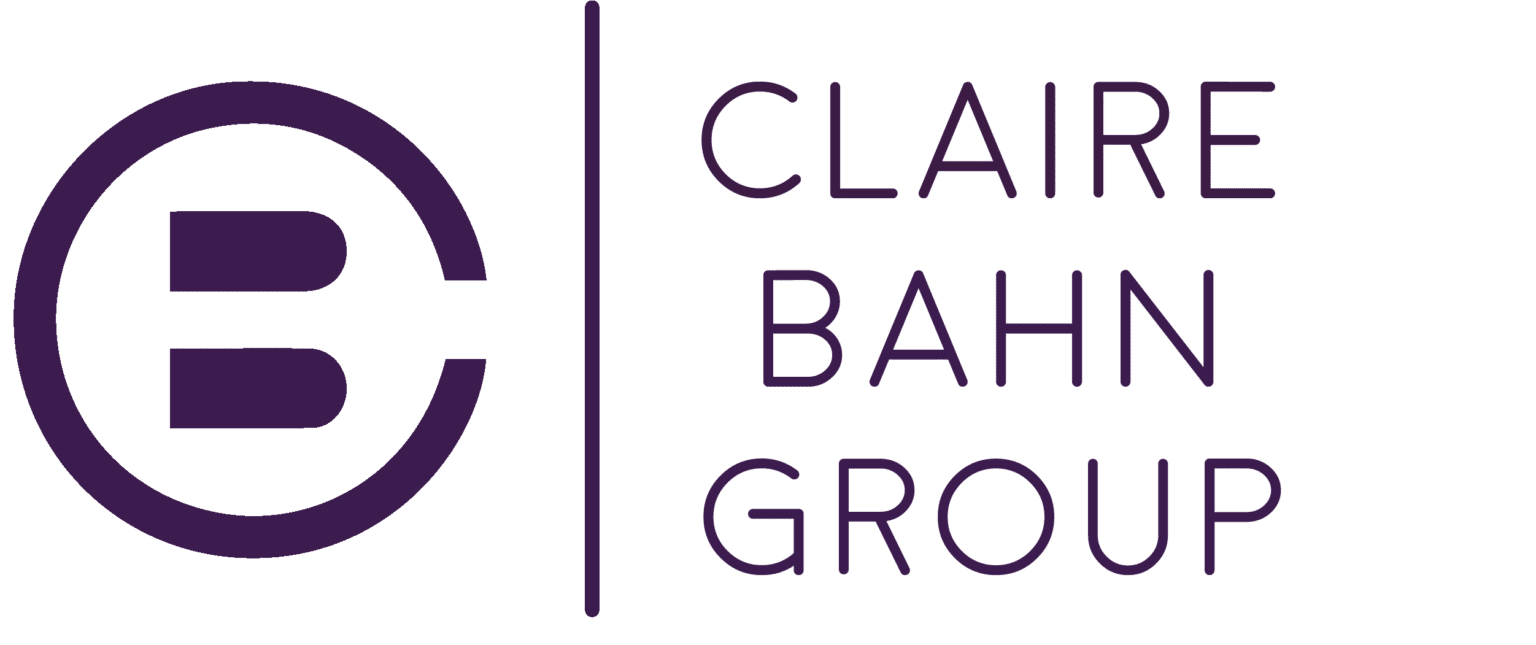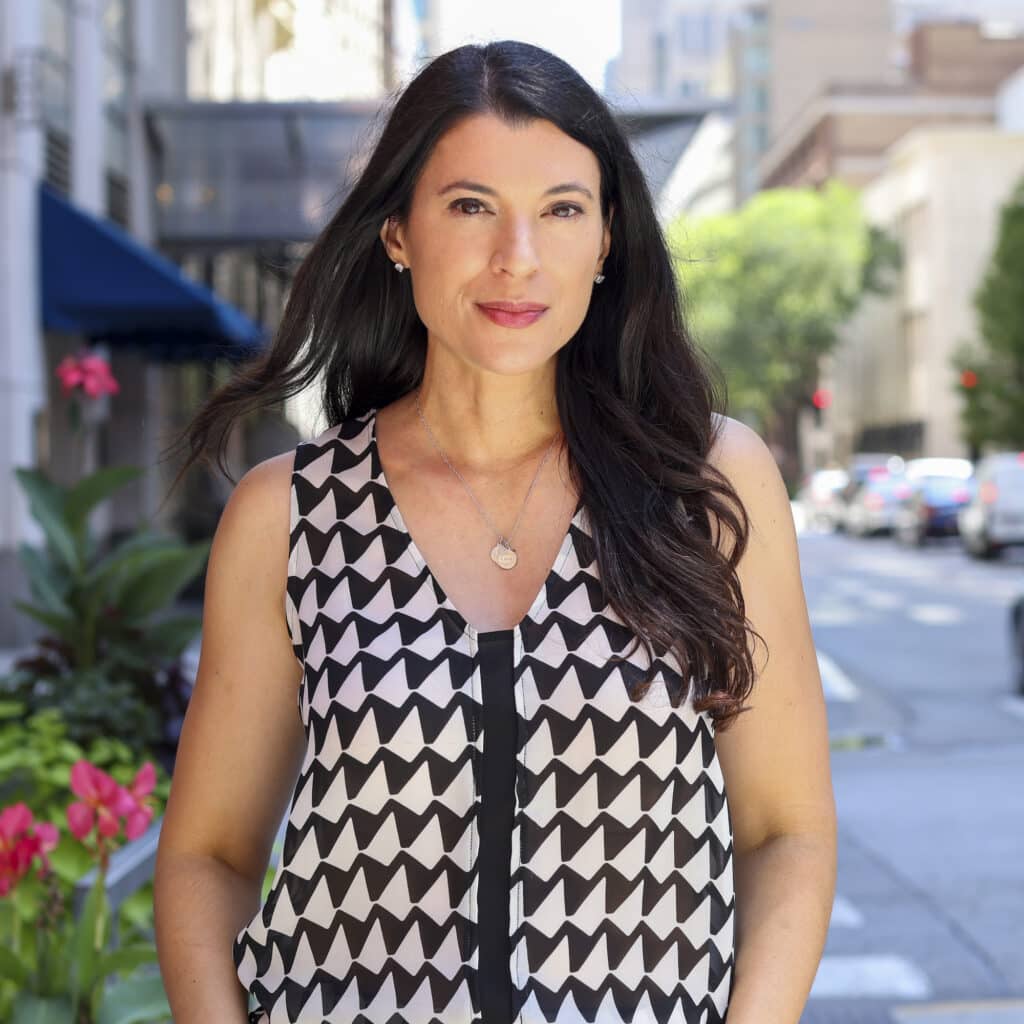How can you align your personal brand with your LinkedIn branding to maximize impact? Why is LinkedIn branding such a powerful tool for building professional credibility and visibility? What are the key differences between personal branding and LinkedIn branding, and how can you leverage both strategically?
This blog post unpacks the relationship between personal branding and LinkedIn branding, clarifying how the two concepts intersect yet serve distinct purposes. While personal branding is your overall reputation, voice, and values across all platforms and interactions, LinkedIn branding is the tailored, professional expression of that brand within LinkedIn’s business-focused environment. The article explores how LinkedIn branding goes beyond profile polish to include authority-building content, strategic networking, and storytelling that resonates with industry audiences. Readers will learn why LinkedIn is one of the most influential platforms for professionals seeking credibility, visibility, and business opportunities.
The post also delivers practical strategies for optimizing your LinkedIn branding, from creating a keyword-rich profile to engaging with meaningful content and conversations. It emphasizes the importance of consistency between your personal brand and LinkedIn presence, showing how visual identity, messaging, and tone should align for maximum recognition. With data-driven insights, tips on content formats, and advice for building authority, the article positions LinkedIn branding not as a separate effort, but as an amplifier for your personal brand, making it a career catalyst when used intentionally and strategically.
Nowadays, everyone is talking about personal branding—what it is, why it matters, and how to build one that actually gets you noticed. But when the conversation shifts to LinkedIn, things get a little murky. People ask: “Is LinkedIn good for personal branding?” or “Why use LinkedIn for branding at all?”
I’m here to help answer those questions for you.
In our digital-focused world, where professional credibility is increasingly established online, personal branding is no longer a luxury—it’s a necessity. And LinkedIn branding? Well, that’s one of the sharpest tools in your branding toolbox.
But here’s the catch: while the two are deeply connected, they are not the same thing. So, let’s dive into what sets LinkedIn and personal branding apart, how they overlap, and how to use both strategically to amplify your influence, visibility, business growth, and overall branding strategies.
Table of Contents:
Personal Branding vs. LinkedIn Branding
Is LinkedIn Good for Personal Branding?
- Profile Optimization
- Content Sharing & Thought Leadership
- Professional Audience & Algorithm
- Real-World ROI
Why Use LinkedIn for Branding?
How Often Should You Post on LinkedIn for Personal Branding?
How Do I Increase Brand Awareness on LinkedIn?
How Do You Gain Popularity on LinkedIn?
Bridging the Gap: Aligning LinkedIn Branding with Your Personal Brand
Personal Branding vs. LinkedIn Branding
If you’ve ever Googled someone before doing business with them, you already understand the power of personal branding. In the digital age, your personal brand is often someone’s first impression of you, sometimes even before you speak a word.
LinkedIn, on the other hand, is where your personal brand goes to work. It’s one of the most high-impact platforms for professionals looking to gain credibility, create visibility, and build authority. But here’s the thing: LinkedIn branding isn’t just about having a polished profile or occasionally resharing company content. Instead, it’s about strategic positioning, storytelling, and connection. And with 46% of social media traffic visiting B2B company sites coming from LinkedIn, it’s clear this is not just another platform—it’s a career catalyst.
Let’s break down the distinction—and the collaboration—between LinkedIn branding and personal branding.
“You can’t treat LinkedIn branding and personal branding like two separate identities. They need to work together.”
What Is Personal Branding?
At its core, personal branding is about how people perceive you. It’s your reputation, voice, values, and the story you’re telling—whether intentionally or not. And while it can include logos, taglines, and visuals, it’s far more than a polished aesthetic.
Let’s talk about what makes up a personal brand:
- Tone: Are you casual and conversational or formal and academic?
- Expertise: What topics are you known for?
- Values: What do you stand for, and what do you never compromise on?
- Visual Identity: Colors, photography, design choices—all of these create consistency across platforms.
Personal branding extends well beyond LinkedIn. It’s expressed in your website, your email signature, how you show up at events, and how you treat people offline. In short, your personal brand is the consistent thread tying together your presence, no matter the platform.
“91% of marketing executives go to LinkedIn to find quality content.”
What Is LinkedIn Branding?
Now, let’s narrow the lens.
LinkedIn branding is the way your personal brand comes to life, specifically on LinkedIn. It includes your profile, your content, your interactions, and the perception you build in this professional community. The biggest difference? Context and audience.
LinkedIn is a professional space where 91% of marketing executives go to find quality content. Which means your tone, visuals, and messaging need to reflect that. While your personal brand may show up differently on Instagram or YouTube, LinkedIn demands content that is insightful, informative, and relevant to your industry.
Here’s what LinkedIn branding zeroes in on:
- Professional tone that aligns with your industry
- Authority-building content (think: case studies, opinion pieces, thought leadership)
- Strategic networking with peers, clients, and decision-makers
Yes, it’s still you—but it’s you wearing a blazer, not a hoodie.
Is LinkedIn Good for Personal Branding?
Absolutely, yes. In fact, it’s one of the best platforms for personal branding if your goals include professional credibility, industry recognition, or business growth. These components are why it works:
1. Profile Optimization
A strong LinkedIn profile isn’t just an online resume—it’s your brand’s homepage. With over 66% of LinkedIn’s traffic being direct, people are coming specifically to learn about you. Every element on your LinkedIn profile communicates who you are and what you offer, from your headline and banner to your summary and featured content. That’s why it’s so important to make every element count.
2. Content Sharing & Thought Leadership
LinkedIn allows you to position yourself as a go-to expert in your space. The platform favors value-added content, whether you’re writing posts or articles or starting conversations in comments. Despite being a content-rich platform, less than 1% of LinkedIn users share content weekly. That means there’s a huge opportunity for your voice to stand out, especially with high-performing content types like “how-to” posts, listicles, and carousels.
3. Professional Audience & Algorithm
LinkedIn’s algorithm is designed to amplify expertise and prioritizes professional value. Thoughtful content from credible sources gets far more reach than it would on platforms saturated with personal or entertainment-focused posts. Unlike other platforms, your insights won’t get lost between cat videos and dance trends. And with video content being shared 20x more than other types, gaining traction is easier than ever.
4. Real-World ROI
“44% of hiring managers use LinkedIn skills data to fill roles.”
This is where things get real. Personal branding on LinkedIn can result in speaking gigs, press opportunities, partnerships, and even job offers. I’ve seen it happen countless times, sometimes from just one great post. The numbers don’t lie, either. 44% of hiring managers use LinkedIn skills data to fill roles, proving the platform’s direct impact on real opportunities. A strong LinkedIn presence can open doors.
Why Use LinkedIn for Branding?
Okay, so why utilize LinkedIn, specifically for branding? There are a few factors that can really enhance your brand:
1. SEO Visibility
Google indexes your LinkedIn profile. That means a fully optimized profile often ranks on the first page of search results, especially for your name. Take advantage of this powerful asset when it comes to your branding strategies.
2. B2B Impact
LinkedIn is the go-to for B2B marketing. In fact, LinkedIn is the top-rated platform for B2B marketers, and 93% of them prefer it for content distribution. If your business targets other businesses, this platform is a goldmine.
3. Industry Authority
Do you want to be seen as a thought leader? LinkedIn is where industry conversations are happening. Pages that post weekly get 5.6x more followers compared to those that don’t. Jump in and don’t lose this authority advantage.
4. Data-Driven Branding
LinkedIn’s analytics allow you to see not only what content is resonating but also who’s viewing your profile. This combined insight is something you can (and should!) act on. Use this data to your advantage.
5. Platform Features
Features like Creator Mode, Newsletters, and hashtags aren’t just bells and whistles—they’re powerful tools to grow your reach and clarify your message. Studies have also shown that posts with large images can boost click-through rates by 38%, while images in general drive 650% more engagement than text-only posts. Utilize these features to enhance your content.
How Often Should You Post on LinkedIn for Personal Branding?
Now, let’s talk frequency. One of the most common questions I get is: “How often should I post on LinkedIn for personal branding?”
This can vary depending on your overall goals. Here’s my take:
- Minimum Effective Dose: 1–3 times per week
- Momentum Builder: 3–5 times per week
- Sustainable Sweet Spot: Whatever you can do consistently
This strategy isn’t about flooding the feed but about showing up purposefully. Remember, posts with titles between 40 and 49 characters perform best, and those with five distinct headings get more views.
But what matters more than volume is consistency and clarity. These two elements are what keep you top of mind.
How Do I Increase Brand Awareness on LinkedIn?
You don’t need to go viral to become visible. Instead, focus on building awareness intentionally. This can be done by:
1. Nail Your Profile
Fully optimize your LinkedIn profile. Make your headline keyword-rich and value-driven. Your banner image should reinforce your brand. And your About section? It’s your elevator pitch. Make sure you use strategic keywords. Remember: only 10% of LinkedIn users have over 3,000 connections, so don’t confuse popularity with presence.
2. Use Strategic Keywords
Don’t keyword stuff (that’s a branding red flag!). Instead, use them strategically. Sprinkle relevant terms like “executive branding,” “social media branding,” or “corporate branding” into your profile and content. This increases discoverability both on LinkedIn and Google.
3. Publish High-Value Content
Alternate between publishing short posts and long-form articles. Long-form content with around 2,000 words and at least eight images performs best.
And don’t underestimate the power of repurposing. What works on LinkedIn can become part of your broader branding strategies on other platforms.
4. Engage, Don’t Just Post
This one is critical. Make sure you respond to comments and join in on conversations. Comment on others’ posts within your niche. Tag people and engage like a real human. Only 27% of users have between 500 and 999 first-level connections, so intentional engagement really matters.
How Do You Gain Popularity on LinkedIn?
Let’s get honest. Popularity on LinkedIn isn’t about having the flashiest graphics or viral dance videos; it’s about value, visibility, and relationships. There are a few key components to making this happen:
1. Build a Strategic Network
Connect intentionally to grow your network; don’t just add random people. Seek out peers, clients, collaborators, and thought leaders in your space. And don’t stray from international connections. LinkedIn has over 77% of its users located outside the U.S., with the second-largest user base in India. Expand globally by connecting across industries and borders.
2. Join the Conversation
Engage, engage, engage. Find trending topics in your industry and share your take. Use hashtags to join relevant and timely discussions. 59.1% of LinkedIn’s users are 25–34, making it a hub for rising professionals and future leaders.
3. Be Human
Authenticity is the cream of the crop when it comes to LinkedIn branding. Share your personal experiences; your wins, struggles, lessons learned, breakthroughs, and roadblocks. This is the kind of content that builds trust and drives connection.
4. Leverage Content Formats
If you want even more reach, try sharing these high-performing content formats:
- Short, insightful posts
- LinkedIn polls
- Carousel-style documents (they’re gold for visibility)
- Videos (even short ones from your phone)
- Collaborating with others via interviews or guest content
- Behind-the-scenes lessons or insights
- Personal stories with professional relevance
- Industry commentary or predictions
Bridging the Gap: Aligning LinkedIn Branding with Your Personal Brand
“59.1% of LinkedIn’s users are 25–34, making it a hub for rising professionals and future leaders.”
This is where the magic happens. You can’t treat LinkedIn branding and personal branding like two separate identities. They need to work together. Do this through:
1. Audit Your Presence
Does your LinkedIn profile reflect your personal brand voice? Is your tone consistent with what people see on your website or other platforms? Do a full audit of your profiles and make sure everything aligns.
2. Use Storytelling
Don’t underestimate the power of storytelling when it comes to your brand. Share stories that reflect your values, struggles, and transformation. Show people not just what you do, but why it matters.
3. Maintain Visual and Messaging Consistency
Consistency is key. Your headshot, color palette, and messaging should align across LinkedIn, your personal website, and your other social profiles. That’s what builds recognition.
Conclusion
Here’s the bottom line: LinkedIn branding and personal branding aren’t competing forces—they’re collaborators.
LinkedIn is where your personal brand gets a professional stage. And your personal brand is what makes your LinkedIn presence powerful, memorable, and magnetic.
Use LinkedIn as an amplifier, not a silo. Bring your whole self to the platform—your values, your insights, your expertise. Let people like, know, and trust you, not just your job title.
LinkedIn is one of the smartest platforms you can invest in if you’re building a personal brand to gain influence, grow your business, or attract opportunities.
So, no, you don’t need to choose between LinkedIn branding and personal branding. But you do need to master both and align them intentionally. That’s the secret sauce for authority, impact, and recognition.
Are you ready to make LinkedIn your brand’s power player? Let’s get to work.
P.S. If you’re wondering how to get started or feel stuck aligning your messaging, sign up for a strategy call today. I help entrepreneurs, executives, and creators like you refine their personal brand and make LinkedIn actually work for them.


